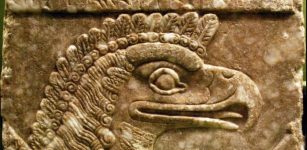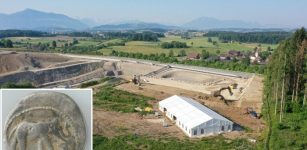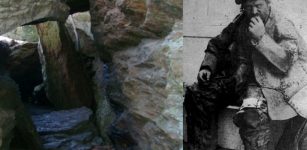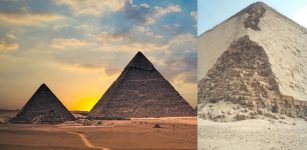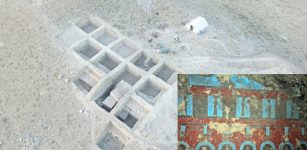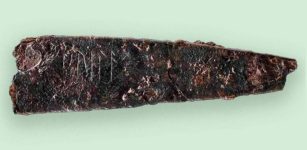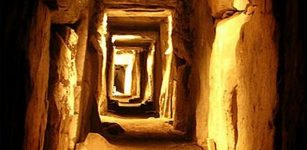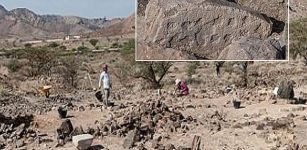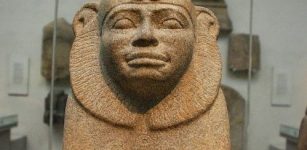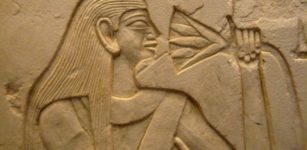Ancient Mud-Brick Roman Ovens And Massive Wall Dated To Egyptian Late Period Unearthed In Luxor
Conny Waters - AncientPages.com - A number of mud-brick Roman ovens and a large wall from the Egyptian Late Period have been unearthed at the Avenue of Sphinxes in the Nagaa Abu Asaba area in Luxor, during excavation works by an Egyptian archaeological mission.
 Image credit: Ministry of Antiquities
Image credit: Ministry of Antiquities
Secretary-General of the Supreme Council of Antiquities Mostafa Waziri explained that the newly uncovered ovens and wall were found in Naga’a Abu Osba in Luxor. The ovens might have been used to make pottery. The wall, on the other hand, once safeguarded the eastern side of the Nile from the flood.
As for the wall, it was found western the Kebbash road of the Temple of Khonsu. It is about 30 meters in length, 2.5 meters high and 3 meters wide, and it consists of 17 courses of mud bricks.
 Image credit: Ministry of Antiquities
Image credit: Ministry of Antiquities
Additionally, the Egyptian mission uncovered a wall that was built from three horizontal rows of sandstone blocks, forming an extension of the wall that protected the eastern bank of the Nile from the changing water levels during the seasons of the flood, according to Egypt Today.
This wall extends from the front of the Karnak Temple in the north to the Luxor Temple in the south, along the Kebbash Road, with a length of about 3 km.
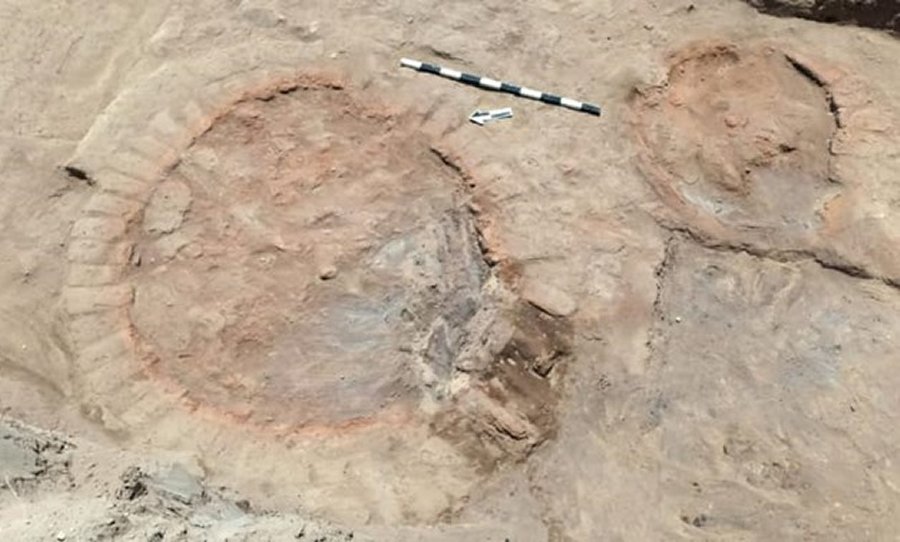 Egypt announces discovering burning ovens, mud-brick wall dating back to the late Roman Empire. Image credit: Ministry of Antiquities
Egypt announces discovering burning ovens, mud-brick wall dating back to the late Roman Empire. Image credit: Ministry of Antiquities
The excavation work in various areas of Kebbash road has been ongoing since 2017 in order to unveil all the rams within the framework of the road rehabilitation project, in preparation for its opening soon. The Pharaonic Kebbash Road is to become the longest gangway and open museum in the world.
The renovation of the Pharaonic Kebbash Road, which will be reopened after its renovation, is an important historical moment for Luxor, as the project will bring the great road to life again.
In Ancient Egypt, Kebbash Road connected the Karnak Temple Complex with the Luxor Temple.
During the time of the Pharaohs, the road was one of the most important, as it hosted ceremonies and festivals.
The road was opened to the public in March 2013 by the Minister of Tourism.
Its new design is set to change Luxor’s position on the touristic map, as it will become the longest gangway and open museum in the world. It is expected that the new makeover of Kebbash Road will attract tourists the world over and play a vital role in pushing the Egyptian tourism forward.
Written by Conny Waters - AncientPages.com Staff Writer


